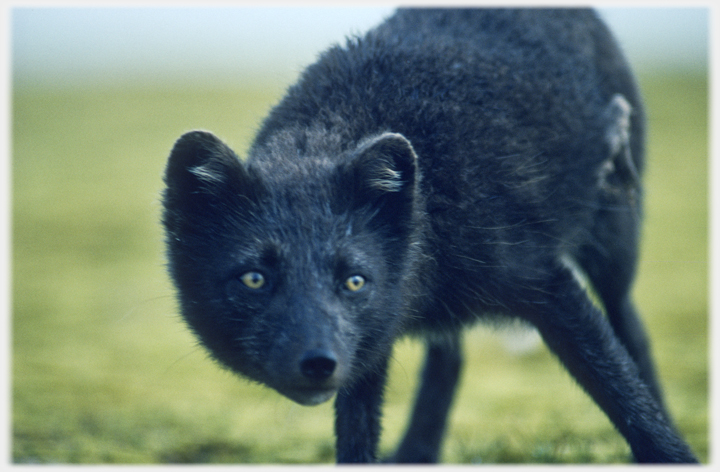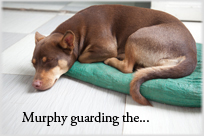
The Other
And if [there] is that which is “foreign”and “other”, how can consciousness be interwoven with it, and consequently with the whole world that is alien to consciousness?
Edmund Husserl (1913)

Consciousness creates
objects
 A page with a bit more on the idea of the 'object'.
out of our individual sensations and mental structures. In this way we each form slightly varied worlds, but we work on the general
similarities
A page with a bit more on the idea of the 'object'.
out of our individual sensations and mental structures. In this way we each form slightly varied worlds, but we work on the general
similarities
 A Tang poet illustrating commonality across space and time.
we have. However, there are also consciousnesses which are utterly foreign to us. This arctic fox and I met on its
land
A Tang poet illustrating commonality across space and time.
we have. However, there are also consciousnesses which are utterly foreign to us. This arctic fox and I met on its
land
 The fox was something 'other' in its wild land - more on wilderness.
in north-west Iceland, far from humans. I was still, on the ground, only when it was a couple of metres away did it begin to suspect that the unclear object was undesirable, my clicking shutter confirmed its suspicions and it stalked away. Between the extremes of empathy and otherness is a range. At some point in that range we cease to have a sense of a shared world and encounter the other.
The fox was something 'other' in its wild land - more on wilderness.
in north-west Iceland, far from humans. I was still, on the ground, only when it was a couple of metres away did it begin to suspect that the unclear object was undesirable, my clicking shutter confirmed its suspicions and it stalked away. Between the extremes of empathy and otherness is a range. At some point in that range we cease to have a sense of a shared world and encounter the other.
The German philosopher Husserl (1859-1938) started a chain of discussion using the word “other” to stand for that which is apparently not part of our own consciousness. My simplification of the quote is from the English version of his book Ideas (1931) p. 126.
The arctic fox (in its summer coat) was photographed on the cliff top of the Látrabjarg peninsular in north-west Iceland, you may be able to see a slight blue tinge to the hair, hence their nickname 'blueys'.
Above hovering on blue introduces a link: click to go, move away to stay.

Saturday 17th November 2018
 ...guide to this site
...guide to this site